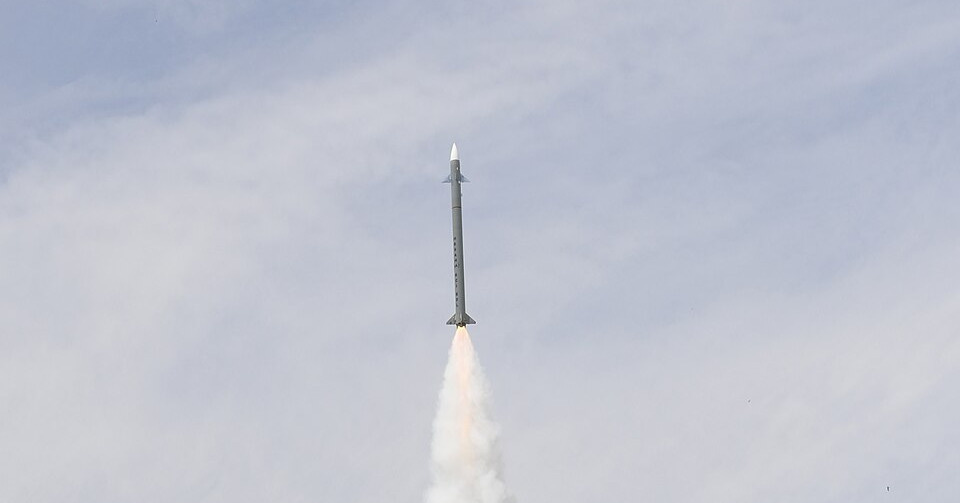In the 1990s, Turkey Melted Down Over a Few Russian Missiles in Cyprus
Times have changed
The Republic of Cyprus received its second Barak MX air-defense missile system from Israel in September, according to Greek media. (See video below.) The first arrived late last year.
Yanki Bagcioglu, the deputy chairman of Turkey’s Republican People’s Party, claimed the Cypriot Baraks—which can intercept aircraft, drones and ballistic and cruise missiles as far away as 90 miles—pose a threat to Turkey.
We’ve heard this sort of thing before. And more loudly. Cyprus tried to acquire S-300 surface-to-air missiles from Russia back in the 1990s. That triggered a crisis not unlike the Cuban Missile Crisis in October 1962.
Times have changed—and the Barak deal isn’t likely to start a war.
Cyprus is modernizing and Westernizing its military arsenal after the end of a decades-long U.S. arms embargo. That embargo had aimed to forestall an arms race on the island, which has been partitioned since Turkey invaded in 1974 and established the so-called “Turkish Republic of Cyprus” in the north.
With the embargo now suspended, Nicosia is replacing its aging and increasingly unreliable Russian-made weapons. At the same time it received its second Barak MX system, the Cypriot National Guard expressed interest in acquiring American armored vehicles and helicopters.
In the mid-1990s, Cyprus had fewer options. In 1996, it turned to Russia for tanks and other armored vehicles. But Cypriot troops were defenseless against Turkey’s powerful air force with its American-made jets. Cyprus lacked, and still lacks, fighters.
On Jan. 4, 1997, Cypriot Pres. Glafcos Clerides made the fateful decision to buy long-range S-300 PMU-1 air-defense missile systems from Russia.
Ahead of the sale, Turkish Foreign Minister Tansu Ciller visited Russia to warn her counterpart, Yegeveny Primakov, against selling the systems to Cyprus. She claimed she banged her fist on the table for emphasis.




